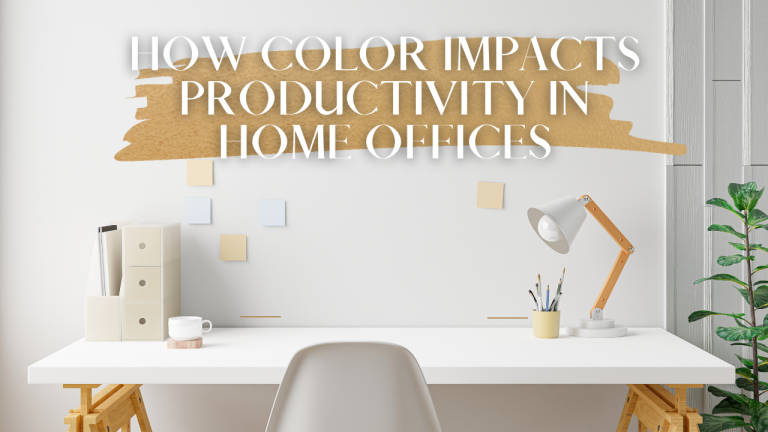Writing an essay can be accompanied by certain difficulties and the need to eliminate writer’s block. Although these are natural parts of your experience as a creative thinker that may inspire you to write something truly spectacular, there’s no denying that getting stuck with a blank page and your imagination devoid of any ideas is not a good sign. Colors come to the rescue as they help writers enhance the atmosphere of their story and evoke certain emotions among the reading audience.
But how can you successfully incorporate different colors into writing without sounding too pretentious or having to delegate your task to WritePaperForMe – your professional paper writer? There are several ways colors can impact the psychological aspect of your writing.
Setting the Mood
Most colors set the mood and allow the readers to appreciate the tone of your story without being too overt. For example:
- Red: Use to describe details of a very passionate romance, highlighting intense emotions between characters
- Yellow: Perfect for creating a playful atmosphere, especially in children’s books
- Research shows children are naturally drawn to yellow settings
- Yellow is an instant mood enhancer
- Purple: Renders a sense of enlightenment and mystery
- Characters wearing purple may be associated with secrets or mysterious pasts
- Blue: Expresses a serene, unbothered nature
- Often used for introspective or introverted characters
- In fantasy writing, a combination of blue and gray can indicate wisdom
Recent Study: A 2023 study in the Journal of Literary Aesthetics found that color descriptions in narratives can significantly influence readers’ emotional engagement with the story, highlighting the importance of thoughtful color use in writing (Brown et al., 2023).
Impacting Emotions
To improve your reader’s perception of your central topic, knowing how to impact their emotions cleverly is an absolute must. Here’s how colors can help:
- Warm, golden sunlight: Evokes positive, comforting feelings
- Gray, raging clouds before a storm: Creates a sense of foreboding or tension
Make sure that your subtle use of colors paints a vivid picture in the reader’s mind. You can also use expressions such as:
- “Seized by red hot panic”
- “Enveloped in the rosy haze of nostalgia”
These phrases make your essay more poetic and create an emotional connection with your readers.
Interesting Fact: A 2024 neuroimaging study published in Cognitive Neuroscience revealed that reading color-rich descriptions activates similar brain regions as actually seeing those colors, suggesting that vivid color writing can create a more immersive reading experience (Johnson & Lee, 2024).
Adding Symbolism
Colors can also reflect symbolism and hidden meanings. Accomplished writers use this method to:
- Establish implications about characters
- Encourage readers to read between the lines
For example, you can subvert expectations by:
- Having villainous characters appear angelic and clad in white
- Portraying heroes in darker colors
This introduces psychological aspects of color in writing without being too straightforward. You don’t have to describe every single detail of their attire. Using synonyms that bear the same meaning can create a powerful literary effect. For instance, describing someone’s robes as:
- Creamy
- Colorless
- Bleached
- Chalky
- Milky
- Pale
Expert Insight: Literary critic Dr. Sarah Thompson notes, “The strategic use of color symbolism can add layers of meaning to a text, allowing writers to communicate complex ideas and emotions without explicit exposition” (Thompson, 2023).
The Power of Color Psychology in Writing
Although it’s commonly believed that readers pay little attention to color choices in narratives, never underestimate the psychological impact of colors on a person’s psyche. Colors can:
- Have a subtle effect on readers
- Provoke emotional responses
- Make readers feel something extraordinary
Even when you’re not being direct with color use and prefer the audience to search for hidden meanings and symbolism, color psychology remains a powerful tool in:
- Shaping one’s perception of your written content
- Setting the mood of your narrative
By understanding and skillfully applying color psychology in your writing, you can create more engaging, emotionally resonant, and symbolically rich narratives that captivate your readers on multiple levels.
